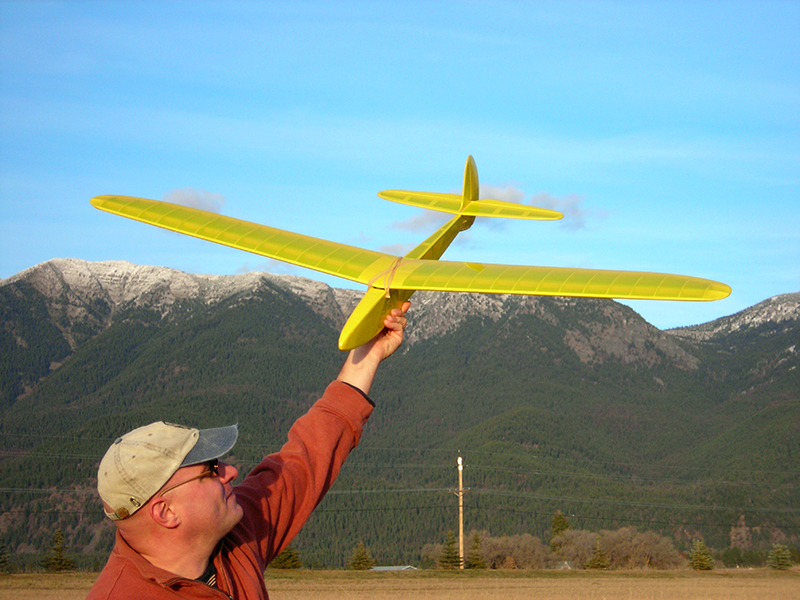The summer before ninth grade, in 1985, I was stuck at home while my usual friends were away. I started talking with Eddie, the World War II vet who lived across the street, and during those 3 months he taught me the fundamentals of model airplane building. His lifelong hobby, which he had learned during the Great Depression, became my own, and it inspired my career as a flight instructor and developer of UAVs for the U.S. Air Force.
I designed the Medicine Man to reintroduce this largely lost art, drawing on my own experience and discussions with fellow modelers. I made it a glider because gliders are the purest form of flying machine, they’re cheaper to build, and they develop piloting skills without the distraction of engine management. It’s R/C compatible so you can fly it in city and suburban parks, or you can make a free-flight version for larger expanses. Its 5-foot wingspan makes it stable enough for beginners (larger planes are more stable), yet with the wings dismounted it will fit in a small car. I hope you enjoy it!


